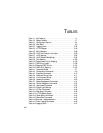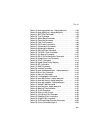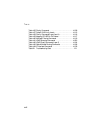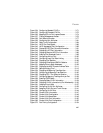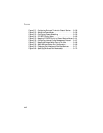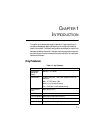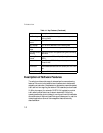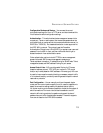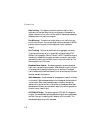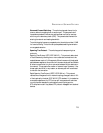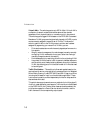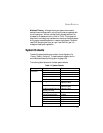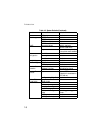
I
NTRODUCTION
1-2
Description of Software Features
The switch provides a wide range of advanced performance enhancing
features. Flow control eliminates the loss of packets due to bottlenecks
caused by port saturation. Broadcast storm suppression prevents broadcast
traffic storms from engulfing the network. Port-based and protocol-based
VLANs, plus support for automatic GVRP VLAN registration provide
traffic security and efficient use of network bandwidth. CoS priority
queueing ensures the minimum delay for moving real-time multimedia data
across the network. While multicast filtering provides support for real-time
network applications. Some of the management features are briefly
described below.
Port Trunking Supports up to 25 trunks using either static or dynamic
trunking (LACP)
Broadcast Storm
Control
Supported
Static Address Up to 8K MAC addresses in the forwarding table
IEEE 802.1D
Bridge
Supports dynamic data switching and addresses learning
Store-and-Forward
Switching
Supported to ensure wire-speed switching while eliminating
bad frames
Spanning Tree
Protocol
Supports standard STP, and Rapid Spanning Tree Protocol
(RSTP)
Virtual LANs Up to 255 using IEEE 802.1Q, port-based, protocol-based, or
private VLANs
Traffic
Prioritization
Default port priority, traffic class map, queue scheduling,
Differentiated Services Code Point (DSCP), and TCP/UDP
Port
Multicast Filtering Supports IGMP snooping and query
Table 1-1. Key Features (Continued)
Feature Description



